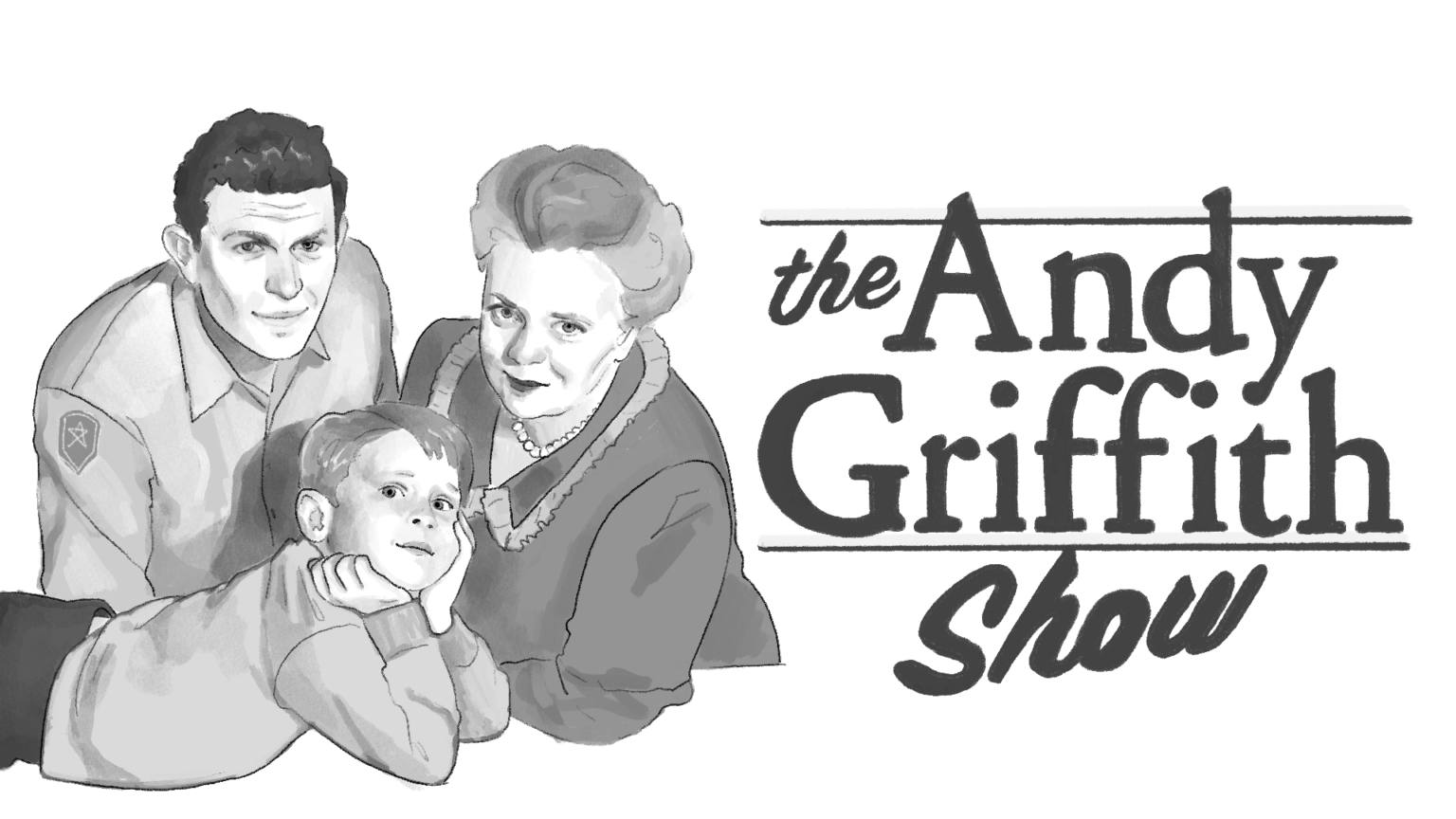
When you hear “crime drama,” you probably aren’t thinking of the Andy Griffith Show. Yet, this 1960s TV classic is so much more than a mindless flick made simply to pacify an American people unsettled by national and global unrest of the time period.
Set in the fictional small town of Mayberry, North Carolina, the show’s premise is simple: Following the life of Sheriff Andy Taylor, played by Andy Griffith as he negotiates the daily oddities of life and law enforcement in the Appalachian South. What might strike a current-day audience is the sedate nature of the duties. For the most part, Sheriff Taylor’s routine is just a regular routine. Originally conceived as a vehicle for Griffith, the show is remembered, if at all, for the bumbling deputy sheriff Barney Fife, played by Disney favorite, Don Knotts.
Over the show’s eight-year run, from 1960 to 1968, Deputy Fife struts about, assumes phony authority, and rarely ends an episode without shooting himself in the foot. Interestingly, Sheriff Taylor himself makes a point of never carrying a gun, even in predictably tense situations. This attitude, contrasting with the John Wayne perception of law enforcement which dominated the 60s, may stem from a different attitude towards lethal violence as administered by law officers.
Because the Andy Griffith Show appeared in a decade characterized by highly publicized state-sponsored violence, not to mention glorifications of it in cop-on-the-edge neo-noir thrillers, Sheriff Taylor’s attitude seems like a very deliberate statement about fair police procedure.
For instance, in one episode, Sheriff Taylor helps Deputy Fife handle a speeding ticket without threatening the use of his pistol. After the interaction, Taylor says to Fife, “See, you didn’t need to pull the gun. Your badge did all the talking.” Barney, of course, responds by showing how he would have pulled the gun on the malefactors if they hadn’t listened to him, and accidentally shoots the police cruiser rear tire. While surrounded by broad slapstick, the scene is anything but light-hearted in the point it makes. Indeed, the lesson could be part of a serious crime drama, and its presence in a sitcom spreads its message to a wider audience.
In another scene, Sheriff Taylor is waiting to meet someone whom he helped arrest, and has just been released from prison. Taylor takes a pistol from his bureau and starts loading it, before pausing a moment, removing the bullets and putting the pistol back. Clearly Taylor’s decision to come unarmed is debatable wisdom, given the risk involved. Still, his respect for the consequences of using lethal force is an undeniable necessity, and the show’s emphasis on this behavior must have been deliberate. Perhaps the screenplay was even aimed at law officers in the Southern United States, with Sheriff Taylor as an avatar of an ideal with scarce presence in the area.
The ideal confident, cautious Sheriff Taylor may also have been something of a salve for restoring self-respect among the audience at a time when police brutality was receiving unprecedented media coverage. Either way, Sheriff Taylor’s attitude towards firearms reminds the present day viewer that, for a sitcom, the Andy Griffith Show has an uncommonly pertinent message that aged uncomfortably well.
